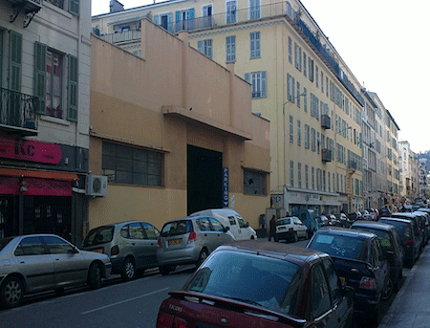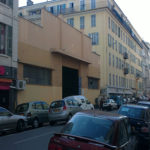Last Friday, Benoist Apparu, Secretary of State in charge of housing, visited Nice. This visit facilitated the signing of the PNRQAD (national requalification program for degraded old districts) concerning downtown Nice.

What can we expect from this program?
This program aims to “restore the prestige” of the city center, which has lost its luster in recent years. Some developments have already been observed. Abandoned buildings have been completely transformed. Today, these buildings accommodate people struggling to find housing. There is a halfway house and shelter for the working poor on rue Abbé-Grégoire, an emergency shelter on rue Trachel, and refurbished hotels on rue de Belgique. All these changes are part of the program, which aims to diversify and improve the housing supply, open up the neighborhood, requalify public spaces, reinvest in the urban fabric to combat urban sprawl, and above all, enhance the social and economic inclusion of the residents of this neighborhood. Nice has already begun this process with the creation of certain infrastructures.
A 98 million euro project
Of course, undertaking such a program has a cost. For the complete renovation of the district, no less than 98 million euros will be allocated thanks to the PNRQAD. This sum will mainly be used for the rehabilitation of the most dilapidated and degraded housing to bring them back to the real estate market. The creation of social housing will also be supported by this amount. Finally, it will also allow for developments aimed at revitalizing local commerce, making the neighborhood even more lively and pleasant for its inhabitants. Naturally, these 98 million euros are not entirely borne by the city of Nice. The state covers 20% (16.5 million euros), the Nice Côte d’Azur urban community and the city of Nice account for 9% (approximately 9 million euros), the Region 3% (approximately 3 million euros). The remaining 49% (48 million euros) are covered by other financiers (landlords, loans, etc.).
Nice has launched a broad urban revitalization policy
The city center is not the first to benefit from this urban revitalization. It adds to a list that already includes the Pasteur, Ariane, and Moulins districts. These four commitments, in which the city of Nice is engaged, concern more than 5,500 social housing units and nearly 32,000 residents over a period extending until 2017.



